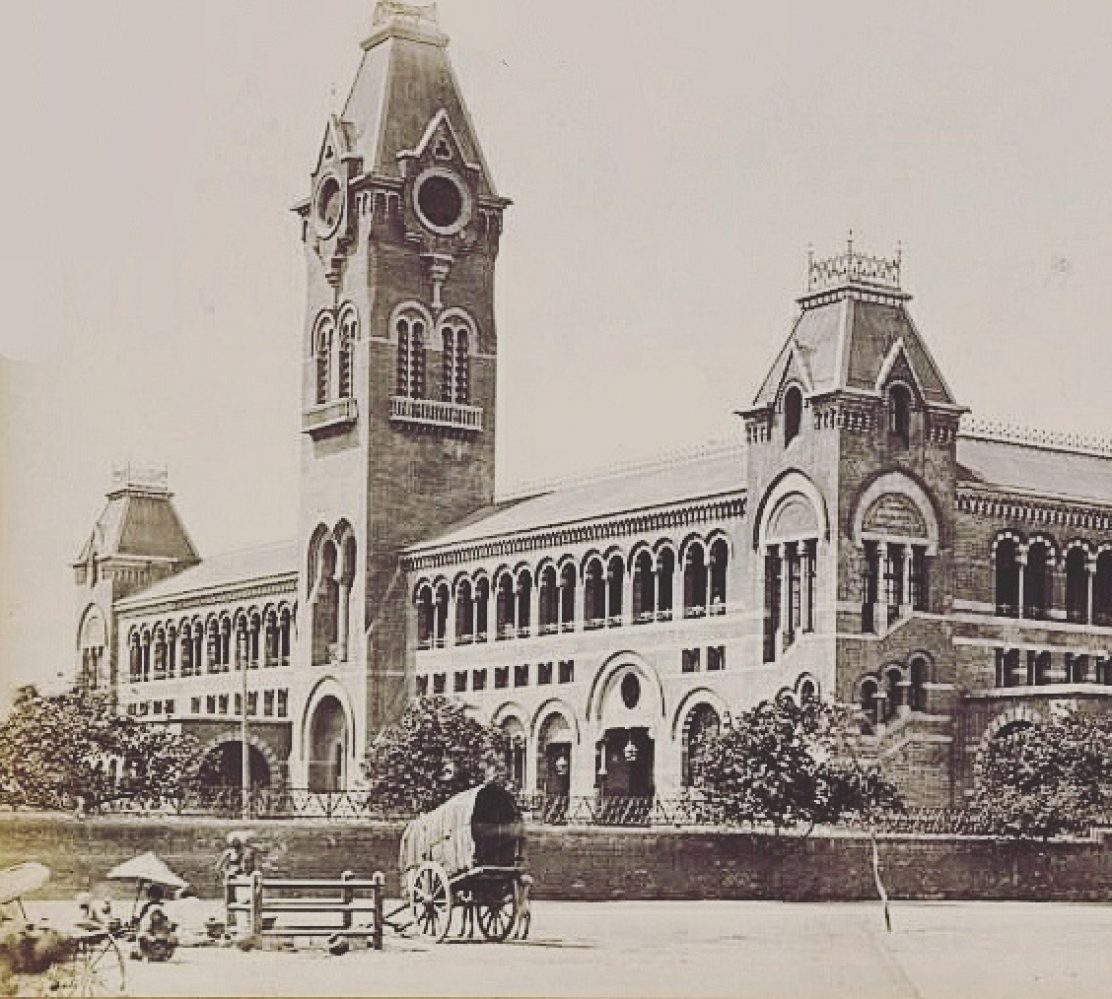Gemini Bridge is a name that is almost synonymous to Madras and now Chennai. A day spent in Chennai is not complete without driving past this dear old friend. People have dropped his surname, they fondly call him Gemini! Even though his name board says otherwise.
It is curious that the name Anna flyover didn’t stick despite C.N. Annadurai being one of the most celebrated leaders and chief ministers of Tamil Nadu. Gemini in Gemini Flyover refers to the Famous Gemini Film Studio which was the pioneer of Tamil Cinema that was once located in the present day Park hotel area. Sometimes it feels as though this bridge was Chennai’s middle finger to the other metropolitan cities considering that it was built way back in 1973 at a whopping amount of Rs. 6.6 million and opened to public on July 1, 1973 by the then chief minister Karunanidhi. It was the longest and one of the top rate flyovers at that time in India.
It was Chennai’s first step in to the big leagues and making its mark as a city with excellent infrastructure and that has led to the city being known today as the Detroit of India.Gemini Flyover, is a dual-armed flyover with a 24 ft access ramp on Gopathy Narayanaswamy Chetty Road to link up with the main flyover, just south of the intersection. An elliptical path called ‘Clover-leaf’ links up with GN Chetty Road at the ground level, through a longer span specially provided to relieve heavy traffic in the main flyover.
Today Chennai is criss crossed with flyovers and much more are bound to come up thanks to the ever growing population but Gemini flyover will always remain etched in the minds of the people.
Source: The Hindu


